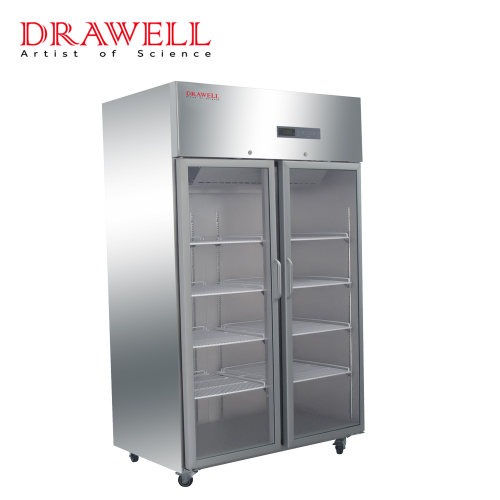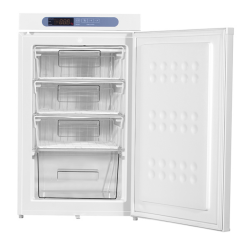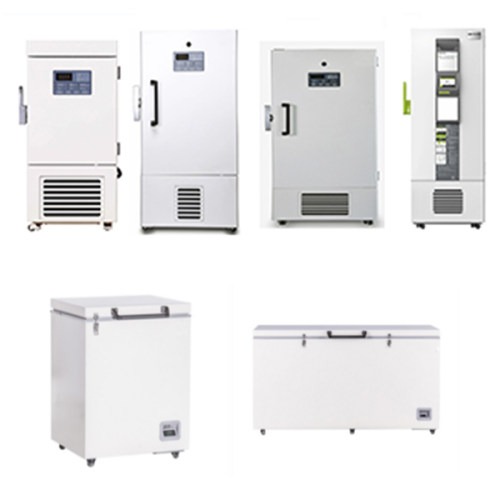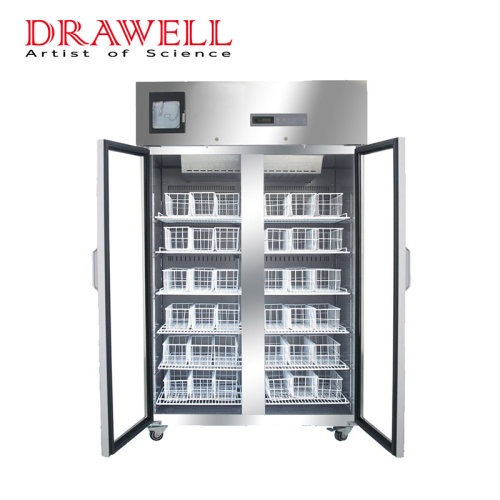Laboratories often store sensitive materials such as biological samples, reagents, and vaccines that require precise temperature control. Laboratory freezers are indispensable tools for preserving samples, reagents, and other critical materials. The choice between a manual or automatic defrost freezer, and even frost-free models, depends on a variety of factors including sample characteristics, frequency of use, and maintenance capabilities. This article aims to provide a comprehensive guide to navigate these choices, ensuring your valuable samples remain protected and your research progresses smoothly.
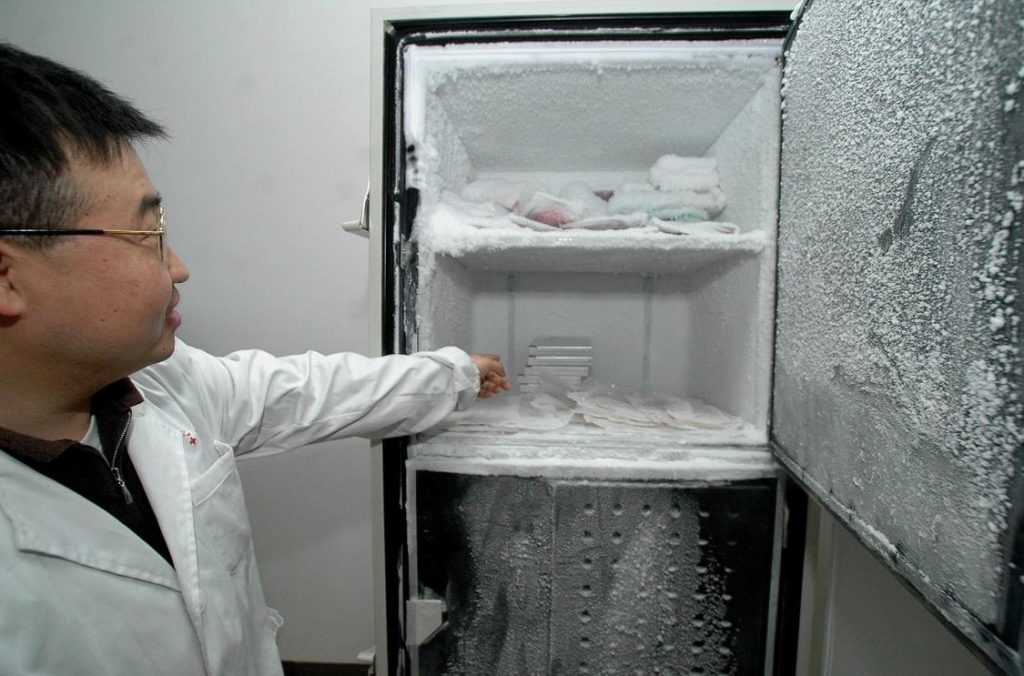
Key Factors to Consider for Laboratory Needs
Choosing the right laboratory freezer involves a careful evaluation of several factors, with sample characteristics taking center stage.
Sample Characteristics: The Core Factor
The nature of the samples being stored is the most critical consideration:
- Temperature Stability Requirements: Highly sensitive biological materials, such as enzymes or RNA samples, require minimal temperature fluctuations, making stable freezers essential. Moreover, consider the specific temperature requirements of your samples. Are they stored at -20°C, -80°C, or an ultra-low temperature? Certain samples, like stem cells, require exceptionally stable temperatures to maintain viability. Any defrosting cycle, even in automatic systems, can introduce brief temperature spikes that compromise sample integrity.
- Moisture Sensitivity: Some samples are highly sensitive to moisture. Frost accumulation in manual freezers might compromise these materials if not managed appropriately.
- Volume and Storage Duration: Laboratories storing a large volume of samples for extended periods may require freezers with consistent performance over long durations. Samples that are accessed frequently might benefit from an automatic defrost system, provided the temperature fluctuations are within acceptable limits. However, long-term storage of highly sensitive samples often necessitates the superior stability of a manual defrost freezer.
Other Factors to Evaluate
- Laboratory Size and Layout: Available space determines whether a larger upright or compact chest freezer is more suitable.
- Frequency of Access: Freezers accessed multiple times daily benefit from models that defrost quickly and maintain efficiency.
- Budget and Long-Term Costs: While manual defrost models are typically less expensive upfront, automatic defrost freezers may offer savings in reduced labor costs over time.
- Energy Efficiency: Energy consumption is an important operational cost, with some freezers designed to minimize power usage.
Identifying these factors early in the selection process ensures that the chosen freezer aligns with the laboratory’s specific needs, reducing risks and maximizing efficiency.
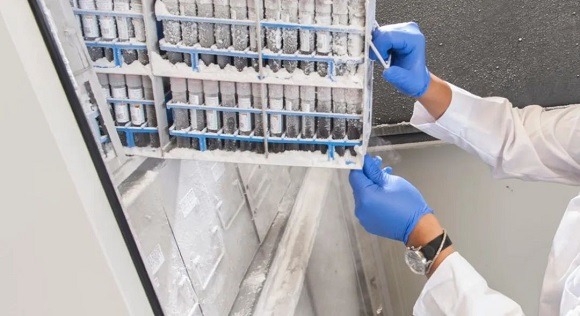
Manual vs Automatic Defrost Freezers
Choosing between a manual and automatic defrost freezer involves understanding the trade-offs between temperature stability, convenience, and energy consumption. Here’s a breakdown of their operating parameters:
| Feature | Manual Defrost | Automatic Defrost |
| Defrosting Mechanism | Manual removal of frost and ice; requires complete shutdown. | Periodic heating cycles to melt frost; drains water automatically. |
| Temperature Stability | Excellent during operation; potential fluctuations during manual defrosting. | Good, but minor temperature fluctuations occur during defrost cycles. |
| Sample Dehydration Risk | Lower during operation; potential risk during defrosting if not performed correctly. | Potentially higher due to heating cycles. |
| Time Required for Defrosting | Significant downtime required about 24-48 hours. | Defrost cycles are short, <2 hours (dynamic defrosting). |
| Annual temperature fluctuation range | ±1.5°C | ±4°C (with temp. compensation models: ±2.5°C) |
| Defrosting cycle | Manual control (recommended every 3-6 months) | Programmed settings (cannot be paused) |
| Energy Consumption | Lower | Higher |
| Maintenance | Requires regular manual defrosting; labor-intensive. | Minimal maintenance; periodic checks of drainage system. |
| Initial Purchase Price | Generally lower | Generally higher |

Manual Defrost Freezers rely on the user to physically remove accumulated frost and ice. This process necessitates shutting down the freezer, removing all samples, and allowing the ice to melt, followed by cleaning. While this method is labor-intensive, it offers superior temperature stability during normal operation.
Automatic Defrost Freezers incorporate automated heating cycles to melt frost, which is then drained away. This feature significantly reduces maintenance and provides greater convenience. However, these cycles can introduce minor temperature fluctuations, which may be a concern for highly sensitive samples.
Frost-free models are similar to automatic defrost freezers but use advanced air circulation systems to prevent frost formation altogether. These models are suitable for frequent use but come at a higher cost and may still experience some temperature variability.
The choice between manual, automatic, and frost-free freezers depends on balancing operational convenience, temperature stability, and maintenance requirements.
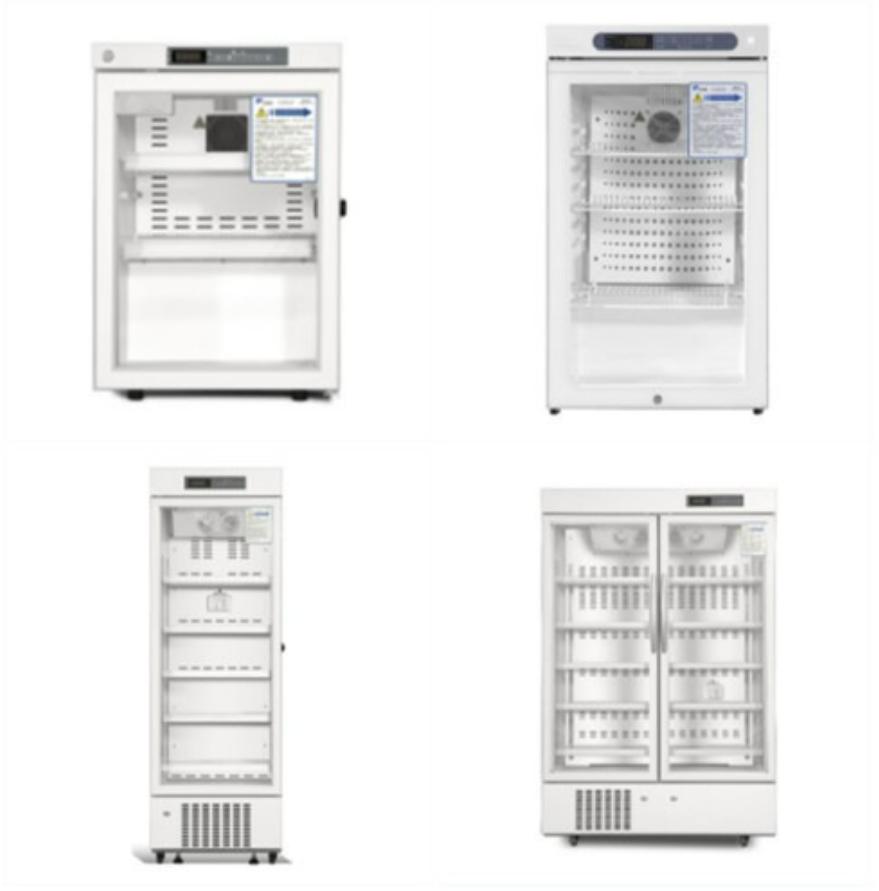
Specific Laboratory Applications and Recommendations
Manual Defrost:
Ideal for laboratories storing highly sensitive samples, such as cell cultures, enzymes, and precious genetic material, where temperature stability is paramount.
When to Choose: When sample viability is critical and minimizing temperature fluctuations is the top priority, regardless of the labor involved. Labs storing expensive reagents, or samples used in very important experiments.
Automatic Defrost:
Suitable for laboratories with high sample turnover rates, frequent access, and less stringent temperature stability requirements. Clinical labs storing regularly rotated samples such as patient serums, or reagents which are less temperature sensitive.
When to Choose: When convenience and reduced maintenance are essential, and the potential for minor temperature fluctuations is acceptable.
Frost-Free Freezers:
Technically a type of Automatic Defrost. Frost-free freezers incorporate forced-air circulation, which helps to further reduce frost buildup and improve temperature uniformity. However these systems tend to have even larger temperature swings than standard automatic defrost freezers.
These are usually not suggested for most lab work, and are better suited for food storage.
When to choose: Only in situations where temperature control is not essential, such as long term storage of inert materials, or non biological samples.
The selection of a laboratory freezer, whether manual or automatic defrost, hinges on a meticulous evaluation of sample characteristics and operational needs. Manual defrost freezers excel in temperature stability, making them ideal for critical samples, while automatic defrost models offer convenience for high-throughput labs. Ultimately, the best choice is the one that safeguards sample integrity and aligns with the specific requirements of your laboratory. In the lab, taking the time to pick the right freezer will yield dividends in the preservation of samples and a smooth laboratory workflow. If you need any choosing suggestions or helps, please feel free to contact us.

